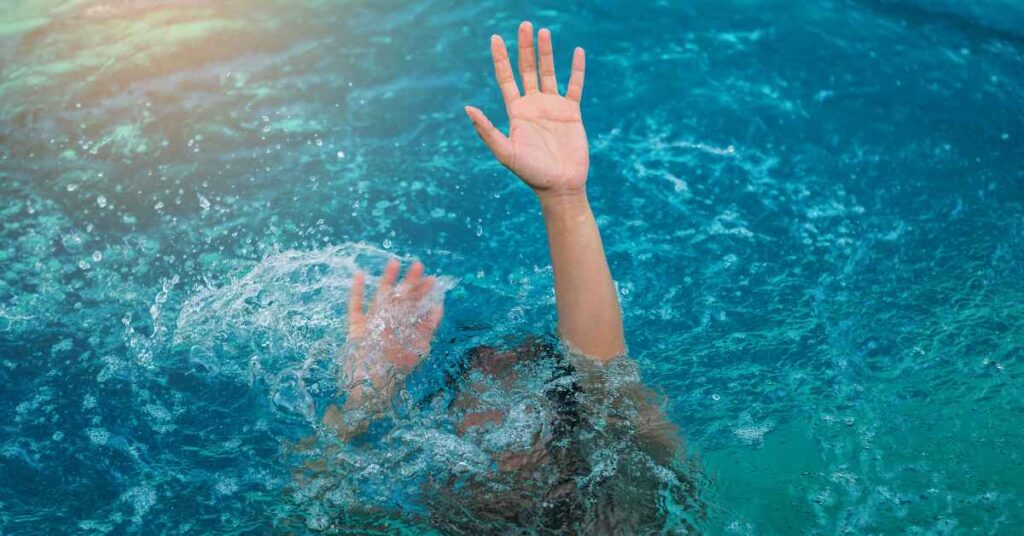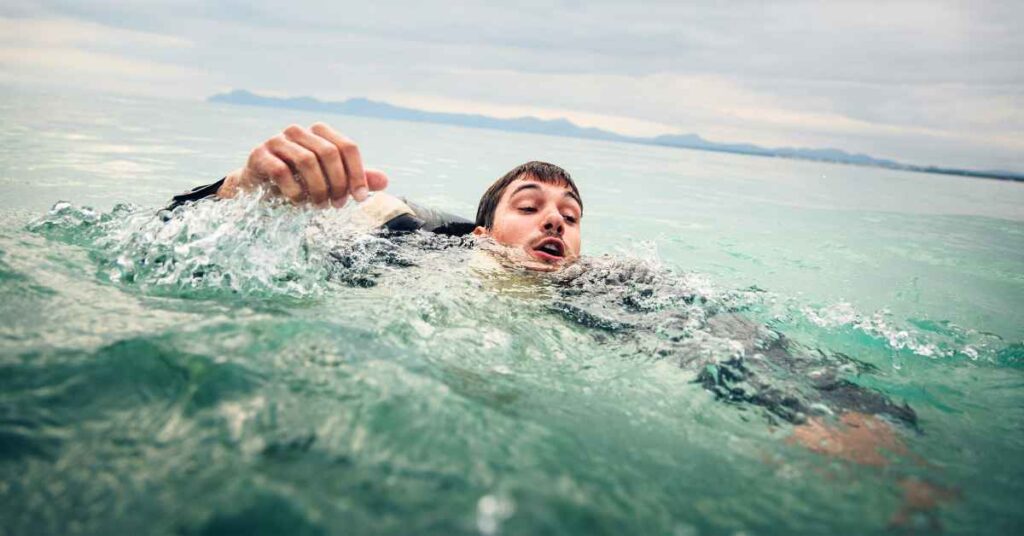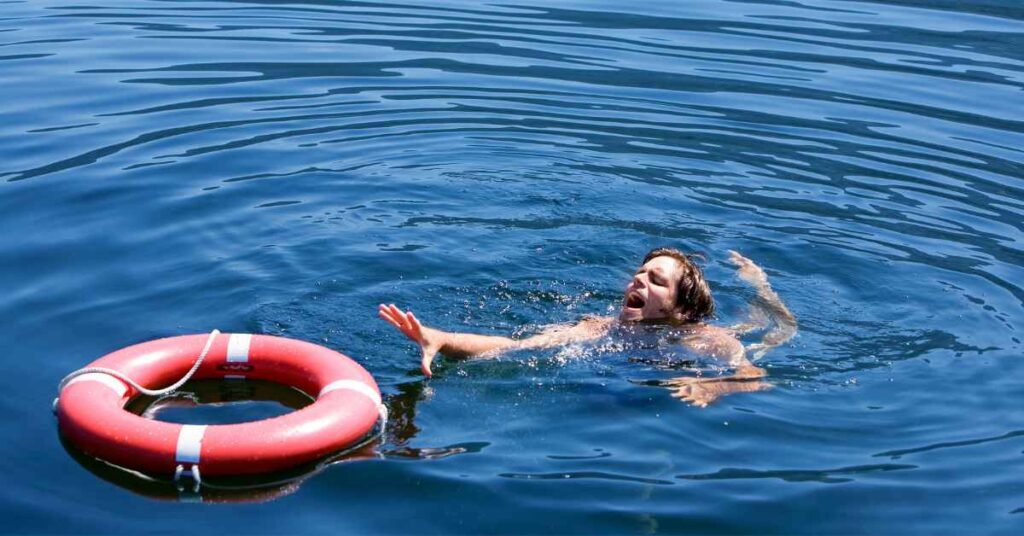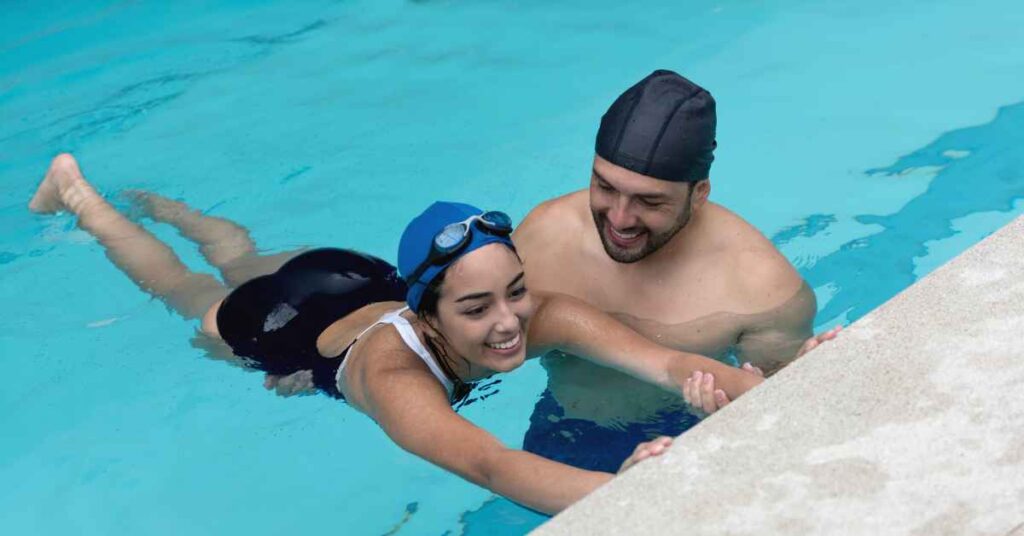Drowning First Aid: Immediate Actions

Every second counts in a drowning emergency, underscoring the critical importance of being prepared to respond swiftly and effectively. Drowning remains a significant public health concern globally, with sobering statistics highlighting its widespread impact.
According to the World Health Organization (WHO), drowning claims an estimated 236,000 lives each year, making it a leading cause of unintentional injury-related deaths worldwide. Amidst such staggering figures, it becomes imperative for individuals to equip themselves with the knowledge and skills necessary to intervene during these life-threatening situations.
In this article, we will explore the immediate actions that can make a difference in saving lives during drowning incidents, offering practical guidance for readers to navigate the crucial moments following an incident with confidence and competence.
Understanding Drowning:

Drowning, often misunderstood, is more than just the inability to breathe underwater. It’s a complex process of respiratory impairment resulting from submersion or immersion in liquid. Contrary to common misconceptions, drowning doesn’t always involve frantic splashing or audible calls for help; it can occur silently and swiftly.
Understanding the stages of drowning is crucial for effective intervention. It typically begins with distress, where the victim may exhibit signs of panic or struggle, followed by the drowning phase characterized by respiratory failure. Post-drowning, even after the victim is rescued, poses risks of secondary complications such as hypoxia and aspiration pneumonia. By dispelling myths and grasping the multifaceted nature of drowning, individuals can better recognize and respond to these emergencies.
Immediate Actions for Drowning First Aid:

In the chaos of a drowning emergency, swift and decisive action can mean the difference between life and death. Here are the immediate actions to take when faced with such a crisis:
- Begin by quickly evaluating the scene for potential hazards to ensure personal safety.
- Provide guidance on assessing the victim’s condition, including responsiveness, breathing, and signs of distress, to determine the urgency of the situation.
- Stress the necessity of immediately contacting emergency services (000 or local equivalent) for professional assistance.
- Offer tips on effectively communicating the nature of the emergency to dispatchers, including providing precise location details and a brief description of the situation.
- Detail the “reach, throw, don’t go” approach, emphasizing the importance of using objects like ropes, poles, or flotation devices to assist the victim from a safe distance.
- Emphasize the dangers of entering the water without proper training and equipment, which can escalate the emergency and put the rescuer at risk.
Check for Breathing and Pulse:
- Provide step-by-step instructions for assessing the victim’s breathing, including techniques like the head-tilt/chin-lift maneuver.
- Stress the importance of prompt action if the victim is not breathing, as every moment counts in initiating life-saving interventions.
Start CPR (Cardiopulmonary Resuscitation) if Necessary:
- Outline the steps for initiating CPR on an unresponsive drowning victim, including chest compressions and rescue breaths.
- Emphasize the need for continuous CPR until emergency medical services arrive, as CPR can significantly improve the victim’s chances of survival.
Use an Automated External Defibrillator (AED) if Available:
- Explain how AEDs can help restore normal heart rhythm in sudden cardiac arrest cases.
- Encourage rescuers to utilize AEDs if accessible and to follow the device’s audio or visual prompts, as early defibrillation can greatly increase the likelihood of a successful outcome.
Safety Precautions and Prevention:

Preventing drowning incidents requires a proactive approach that involves both education and practical measures. Here are key safety precautions and preventive steps to consider:
- Stress the importance of active supervision, particularly for children, when around water. Constant vigilance can help prevent accidents before they occur.
- Recommend installing barriers such as fences and alarms around pools and bodies of water to restrict unsupervised access, reducing the risk of accidental drowning.
Swimming Lessons and Water Safety Education:
- Encourage readers to enroll themselves and their children in formal swimming lessons to develop essential water competency skills. Learning to swim not only enhances enjoyment but also increases safety in aquatic environments.
- Advocate for ongoing water safety education, including discussions on recognizing hazards and practicing safe behaviors like avoiding alcohol consumption while swimming and wearing life jackets when boating.
- Highlight the significance of obtaining first aid and CPR certification to equip individuals with the skills needed to respond effectively in emergencies. Prompt and proficient first aid can make a critical difference in the outcome of drowning incidents.
- Provide resources for finding accredited training courses and organizations, ensuring readers have access to reputable sources for learning life-saving techniques.
The First Aid Nest run public and workplace first aid courses, Australia wide.
Our workplace first aid courses can be run at your site.
Our public classes are here in Sydney and are the best option if you are an individual, a couple or a group
of just a few people.
Our sophisticated system will take the headache out of renewal for you too. Lose your certificate? No problem, just log in and download your certificate again anytime. We will also send you reminders about when your certificate is about to expire!
Book your spot or workplace with us today, contact us with any questions, or head to our FAQ page.
